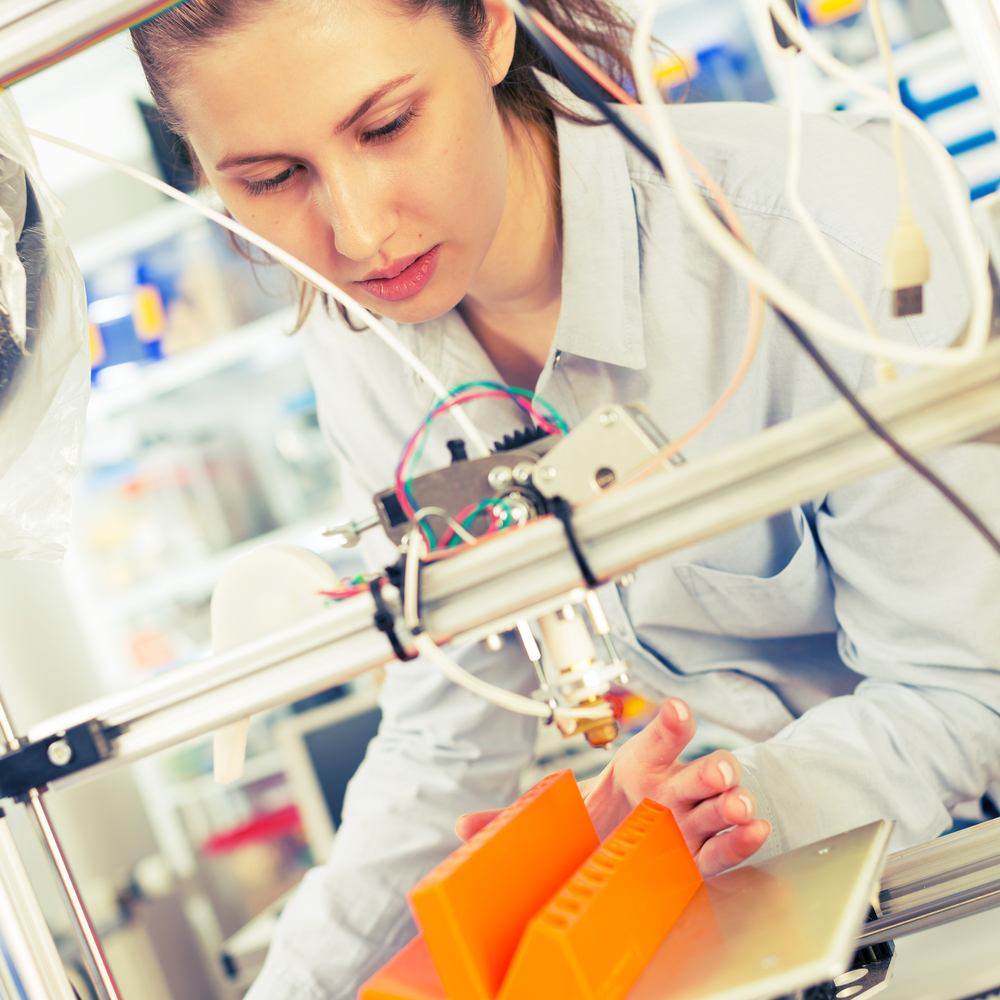An international research team has successfully created a three-dimensional model of a cancerous tumour using a 3D printer. This model could be very helpful to researchers in drug discovery and getting a clearer picture of how tumors grow, develop and spread, allowing an improved understanding on the biology underlying cervical cancers.
The new model was described in the journal Biofabrication and consists of a scaffold of fibrous proteins coated in cervical cancer cells. The recreation of the proteins composing a tumour’s extracellular matrix (a 10mm by 10mm grid structure) is made of gelatin, alginate and fibrin. This grid structure is coated in Hela cells, an “immortal” and unique cell line originally derived from a cervical cancer patient in 1951.
Clinical trials are the most effective method to study tumors, however, safety and ethical limitations are obstacles to carrying out studies on a wide scale. To bypass these obstacles, two-dimensional models (with a single layer of cells) were created to imitate the physiological environment that exists around tumours and to test any anti-cancer drugs in a more realistic context.
3D printing opened possibilities and a much more realistic representation of the tumor microenvironment can now be created. The cells are tested to assess if they remain viable or alive after printing; how the cells proliferate is also evaluated to understand how they express specific sets of proteins involved in tumour growth and how they resist to anti-cancer drugs.
Researchers found that after printing, 90 percent of cancer cells were viable and the 3D model was more similar to a real tumor than 2D models; higher protein expression, proliferation rate and resistance to anti-cancer drugs was verified.
“We have provided a scalable and versatile 3D cancer model that shows a greater resemblance to natural cancer than 2D cultured cancer cells. With further understanding of these 3D models, we plan to use them to study the development, invasion, metastasis and treatment of cancer using specific cancer cells from patients. We can also use these models to test the efficacy and safety of new cancer treatment therapies and cancer drugs,” explained the study’s lead author, Wei Sun.

